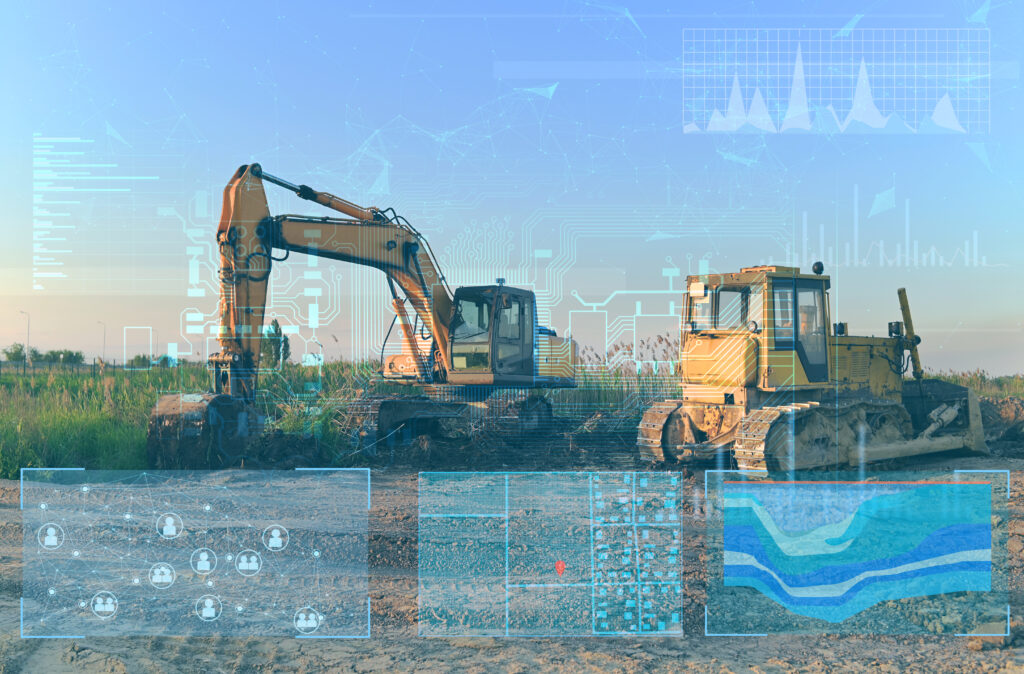Enhance Your Technology Tool Kit for Improved Productivity
- Contributor
- Larry May
Apr 10, 2024
Contractors often face the challenge of gauging their performance in the field due to the lack of visibility throughout a project’s entire life cycle. The absence of a unified perspective on risks and issues frequently results in budget overruns and schedule delays. To overcome these obstacles, many are now turning to technology for solutions. The advent of high-tech software going mobile has revolutionized access to data, offering real-time insights at a more detailed level directly from the field. This advancement enables contractors to make immediate adjustments, addressing potential issues before they escalate.
Leveraging the latest in computer- and cloud-based programs, an integrated system can significantly aid contractors in monitoring a project’s productivity “pulse.” Such systems facilitate the tracking of man-hours and the measurement of time with greater accuracy, primarily through the use of mobile devices. This shift allows for the generation of more precise and timely analytics both on-site and in the back office and supports daily progress reports from the job site to the office. As a result, contractors can perform real-time revenue calculations, leading to unparalleled analysis and forecasting capabilities. This approach enhances accuracy in invoicing and improves cash flow analysis, marking a substantial improvement in managing project finances and timelines.
Resolving Productivity Pains
The better a contractor manages change the better they’ll be at mitigating risks to cost and schedule. Fortunately, today’s tools can help determine how changes – or even a single entry of data – will impact downstream systems. There are programs that can compare current and original estimates, as well as current and original budgets, through every stage of the project. This provides a better view of the impact of changes on cost and revenue, and allows a contractor to devise solutions earlier in the process. Additions to scope – unplanned maintenance, unexpected obstructions, additional work outside the project scope, etc. – are another common challenge. Through the implementation of new procedures and processes, backed up by modern productivity software, an organization can more efficiently and effectively capture, manage and report changes. The integration of this data components across the entire project spectrum is essential to protecting profits. After all, a single entry can feed multiple downstream systems and enable a contractor to instantly identify and understand the impact of the change on the critical path and budget.
Leaning on Artificial Intelligence
Additionally, planners can deliver more realistic project plans by incorporating Artificial Intelligence into their processes. AI essentially provides smart suggestions based upon an organization’s historical project knowledge – rather than them starting from a blank page. AI is not some magic tool where a contractor pushes a button and generates a schedule, but is instead leveraged and manipulated to provide realistic, dependable suggestions. In effect, it improves the planning process by enabling a computer to emulate or mimic the way humans makes decisions. In just the past five years, the speed and affordability of computing power has changed the AI landscape, enabling the technology to reside on a planner’s desktop or in the Cloud. That means a computer is not merely a mechanism for receiving inputs, but is now proactively guiding the planner. Using an AI-enhanced approach, a contractor can begin the planning process with some reliable building blocks. Along the way, they can more easily identify the alignment or misalignment of a plan, and whether or not it’s being executed properly.
In today’s fast-paced construction environment, integrating advanced technological solutions represents a significant leap forward in managing projects efficiently and effectively. As the industry continues to evolve, embracing these innovations will be crucial for staying competitive and meeting the increasingly complex demands of construction projects. For more tailored advice and to explore how these advancements can be applied to your specific situation, reach out to your CRI advisor. We are prepared to guide you through the latest technological advancements, ensuring your projects meet and exceed industry standards and expectations.

































































































































































































































































































































































































































































































































